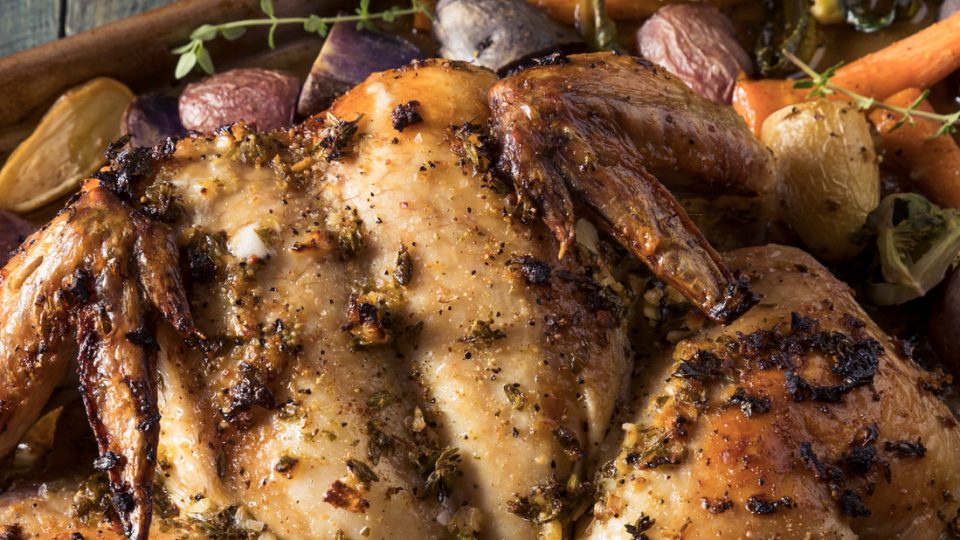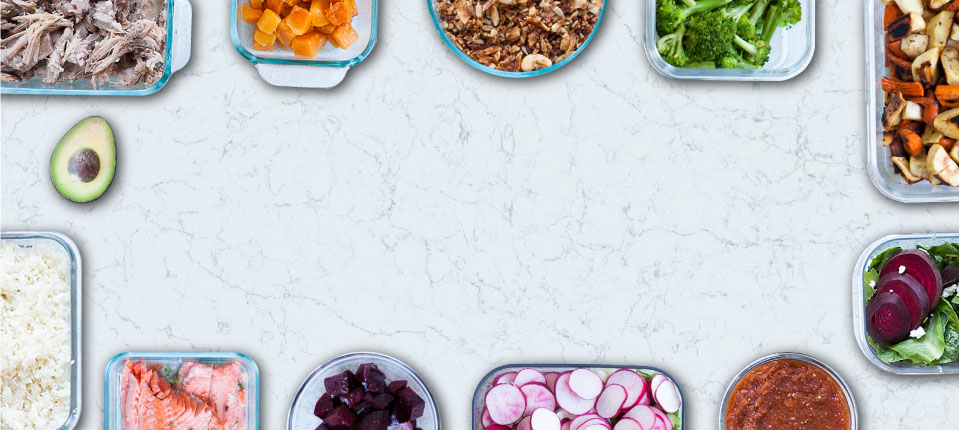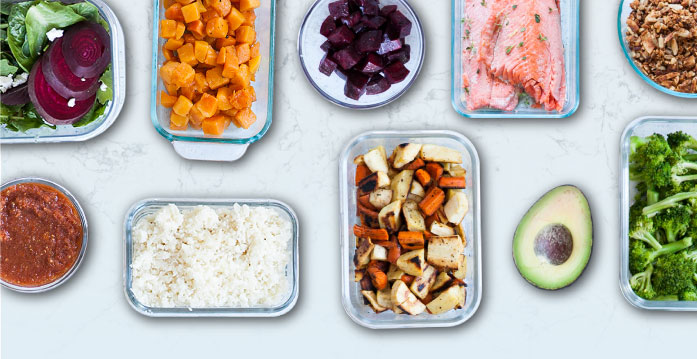With cooler weather upon us, what better time to brush up on the basics of how to roast your favorite foods? Akin to sheet pan dinners, roasted veggies and meat are ridiculously easy to pull together. But this doesn’t mean that roasted food isn’t without its nuances.
For example, some veggies need a little extra prep – like a quick boil – to really make their natural yumminess pop. Here are our favorite kitchen tricks to use when roasting your favorite foods.
How to roast carrots and their cousins
Carrots and parsnips are something called a taproot and they have a long history in cuisine from around the world. When roasted, they tend to soften, caramelize, and pick up an extra layer of sweetness.
If you’re not careful, roasted carrots will shrivel up into oblivion.
To get around the shriveled roasted carrot, parboil trimmed carrots in salted water until almost tender – roughly five minutes. Planners can do this ahead of time.
Then, once you have parboiled and slightly tender carrots, roast them at 375F for 40 minutes or until browned.
Click here and get the recipe for oven roasted carrots with orange glaze.
How to roast brussels sprouts and other brassicas
Turn the oven up higher than you think you’ll need. Around 500F will do. And then let the high heat work its magic on your brassicas.
As it turns out, a little char brings out the best in cruciferous vegetables like broccoli, brussels sprouts, and cauliflower. Those deep brown edges create texture, pull out a little sweetness, and end up tasting slightly nutty.
Whereas a low and slow cook on brussels sprouts has a tendency to produce a sulfurous aroma that is hardly palatable.
Click here and get the recipe for our roasted maple brussels sprouts.
How to roast potatoes
You could pick any old potato, toss it in fat, and throw it in the oven. Chances are, it would taste delicious. Because potatoes are easy.
But if you want something truly spectacular that you’ll come back to again and again, consider the details.
Like what type of potato you’ll use. And if you’ll go through the work of boiling your potatoes in salted water before roasting them.
As for the best roasting potatoes, the red-skinned variety tends to be less starchy and may darken in the oven without fully crisping up. To get that fluffy interior and crunchy exterior, we suggest you roast russets, yellow potatoes, or fingerlings.
If you’ve got the time, you may want to par-cook your potatoes. This means placing large chunks of potatoes into two quarts of salted boiling water with half a teaspoon of baking soda. This extra step (and a bit of baking soda) will ensure that the outside of the potato breaks down as it boils – a good thing if you’re aiming for that rough and crispy exterior.
Finally, as with many roasted eats, a high temp work best when roasting large, chunky potatoes. Set your oven to 400F, turn on the convection, and – to prevent sticking – wait at least 20 minutes before flipping the potatoes.
If you’re feeling fancy, finish your roasted potatoes with fresh herbs. We’re fans of chopped cilantro. But parsley, thyme, or rosemary work too.
Click here and get the recipe for crispy rosemary roast potatoes.
How to roast tomatoes
Cooking a tomato tends to concentrate its flavor and intensify those savory notes of umami. This is especially true for roasted tomatoes.
You can roast cherry tomatoes whole and hothouse tomatoes on the vine. For larger, drier tomatoes like roma or plum, slice them lengthwise and scoop (or squeeze) out tomato seeds. Then, set your oven to 375F, drizzle with the olive oil, and roast. After 40 minutes, increase your oven temperature to 400F and continue roasting for another 20 minutes, until their juice begins to brown and caramelize.
For lackluster, out-of-season tomatoes, try slow roasting them at a low temperature. Set the oven to 200F and let your tomato slices bake for 4 – 6 hours, until they’re about one-third of their original size. In an airtight container, they’ll keep for about a week in the refrigerator.
As for canned tomatoes, you can get rid of their tinny taste and concentrate their flavor – making them just as good as fresh – using the low and slow method. In this case, drain and remove seeds before roasting. Set your oven for 300F and let them go for about an hour.
Click here and get the recipe for zucchini noodles with roasted heirloom tomatoes.
How to roast a spatchcock chicken
Why butterfly a whole chicken before roasting it? Because depending on what part of the chicken interests you the most, you’ll find varying amounts of fat and moisture. This means that chicken breasts will dry out once they go past a certain temperature (150F) while legs need a little more heat and do nicely at 175F.
But removing the backbone of a whole chicken with a good pair of shears and flattening the breast by breaking the wishbone (the ol’ spatchcock) means that the legs will come to temperature in the same amount of time as the chicken breast and you can avoid the problem of overcooked, dry breast meat.
Click here and get the recipe for spatchcocked adobo chicken.


